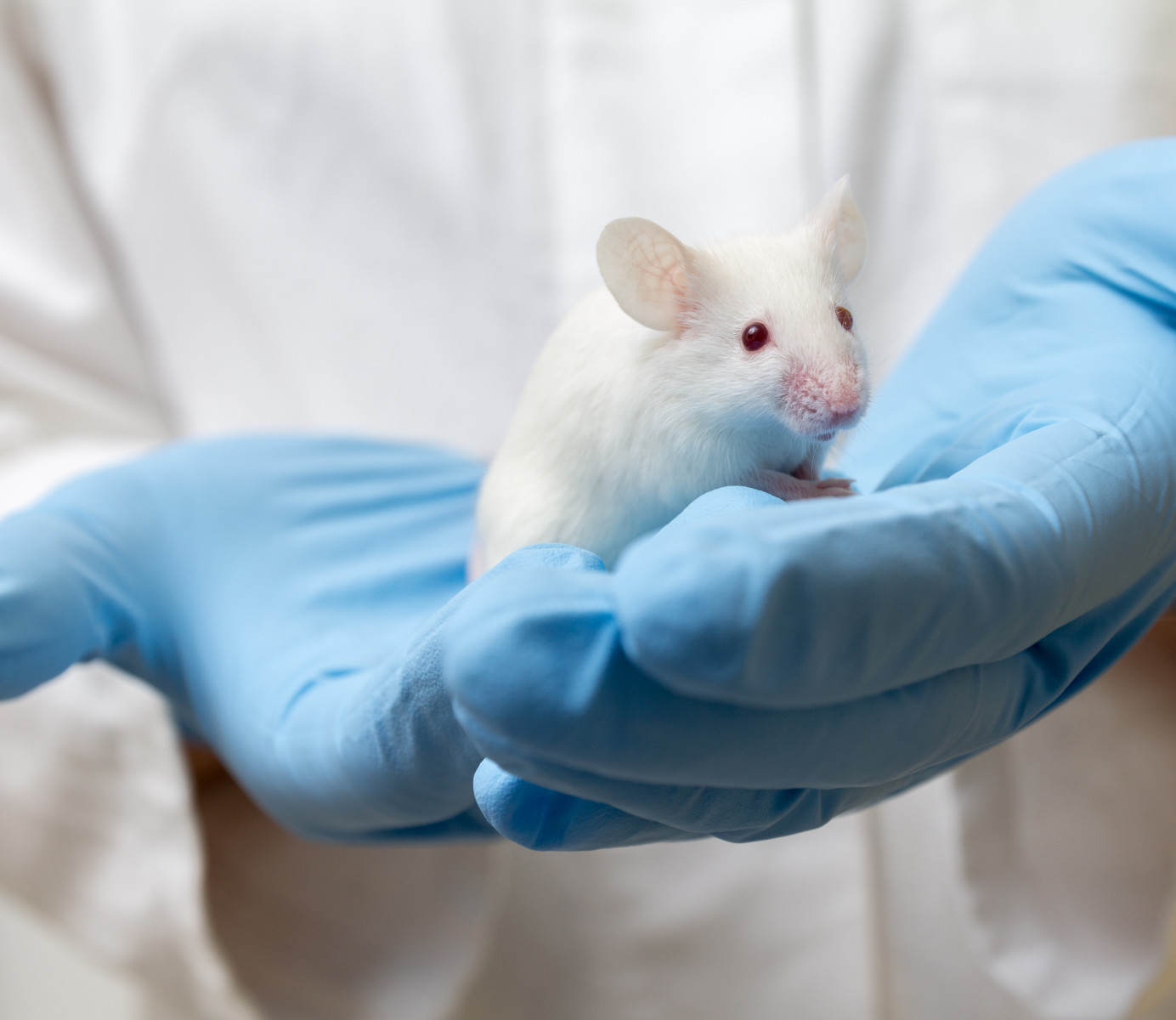Interleukin-1 Receptor Antagonist Reduces PH in Newborn Mice, Study Finds

Blocking the protein interleukin-1 (IL-1) protects against pulmonary hypertension (PH) induced by complications from bronchopulmonary dysplasia (BPD) caused by high levels of oxygen, a new study in newborn mice reports.
The findings have implications for the treatment of preterm infants undergoing long-term care using mechanical ventilation with increased oxygen.
The study, “Interleukin-1 Receptor Antagonist Protects Newborn Mice Against Pulmonary Hypertension,” was published in the journal Frontiers in Immunology.
Advances in prenatal care have contributed to the survival of preterm infants as young as 23 weeks of gestational age. Treatment involves intensive care using mechanical ventilation and additional oxygen. However, long-term intervention leads to diminished lung function caused by a serious inflammatory condition called BPD.
The most serious complication of BPD is the subsequent development of pulmonary hypertension (BPD-PH), characterized by high blood pressure in the pulmonary arteries — the vessels that supply blood to the lungs.
Previous studies have shown that the amount of the cytokine IL-1, a signaling protein, correlated with the severity of BPD in infants. And in a mouse model, treatment with Il-1 receptor antagonist (IL-1Ra), a protein that blocks Il-1 receptor binding, protected against BPD by reducing BPD-induced inflammation (at the time of birth) and excess oxygen (hyperoxia).
Join the PH forums: an online community especially for patients with pulmonary hypertension.
Now, researchers investigated whether IL-1Ra could be a possible treatment for BPD-PH as well.
Using a mouse model, the team began by injecting pregnant mice with lipopolysaccharide (LPS) to simulate maternal systemic inflammation.
Within 24 hours after birth, the mice were randomized into four treatment groups. Mice were either treated with: room air (21% oxygen) and a saline solution injection; room air and under-the-skin (subcutaneous) injections of IL-1Ra; hyperoxia air (65% oxygen) and saline solution injection; or hyperoxia and IL-1Ra injections.
The saline and IL-1Ra solutions were injected daily for 28 days. After this, daily treatments were stopped, and the mice were left in room air until 60 days of life.
After 28 days, mice raised in hyperoxia conditions showed BPD-PH-like disease. These mice were subjected to micro-computed tomography, or micro-CT, which is a 3D X-ray of the vascular network within the lungs.
Mice raised in hyperoxia showed an 84% reduction in small vessels compared to those in the room air group. However, the hyperoxia mice treated with IL-1Ra showed no such reduction.
Next, some mice were anesthetized and subjected to a type of Doppler echocardiogram (sonogram/ultrasound of the heart) that uses the inversely related marker time to peak velocity/right ventricular ejection time (TPV/RVET) to measure pulmonary vascular resistance (PVR).
In the hyperoxia-treated mice, TPV/RVET ratio dropped (0.27) compared to the room air-treated mice (0.31), suggesting a higher PVR. In contrast, the TPV/RVET ratio in hyperoxia plus IL-1Ra- treated mice was similar to the air room mice (0.31).
“The reduction in TPV/RVET caused by hyperoxia was completely prevented in hyperoxic pups receiving daily treatment with IL-1Ra, which had a TPV/RVET ratio of 0.31, similar to the room air control pups,” the researchers said.
Most importantly, the protection due to IL-1Ra intervention lasted for all 60 days of life, as determined by in vivo cine-angiography, a type of motion-picture movie of blood flowing through the vessels.
To ensure these changes did not involve alterations in blood vessel growth, researchers isolated blood vessel growth factors from lung tissue of these animals. Despite an increase in growth factors, such as vascular endothelial growth factor (VEGF) and endothelin-1 (ET-1), there was no observable difference in vascular reactivity between the room air and hyperoxia mice.
Researchers also found that, after 28 days, markers for cardiac fibrosis were present at increased levels, along with increased mRNA levels of galectin-3 and CCL2 (proteins known to regulate inflammatory and fibrotic responses in the heart), in hyperoxia mice but not in mice treated with IL-1Ra.
Overall, the findings suggested that daily administration of the anti-inflammatory IL-1Ra improves the pulmonary vascular density of the lungs, and prevents the increase in pulmonary vascular resistance in mice with induced BPD-PH.
The results point “to IL-1Ra as a promising candidate for the treatment of both BPD and BPD-PH,” the researchers concluded.
“Although further research is needed to prove these hypotheses, we suggest that IL-1Ra could represent a supportive therapeutic to restore pulmonary homeostasis in neonatal cardiopulmonary disease,” the team added.







